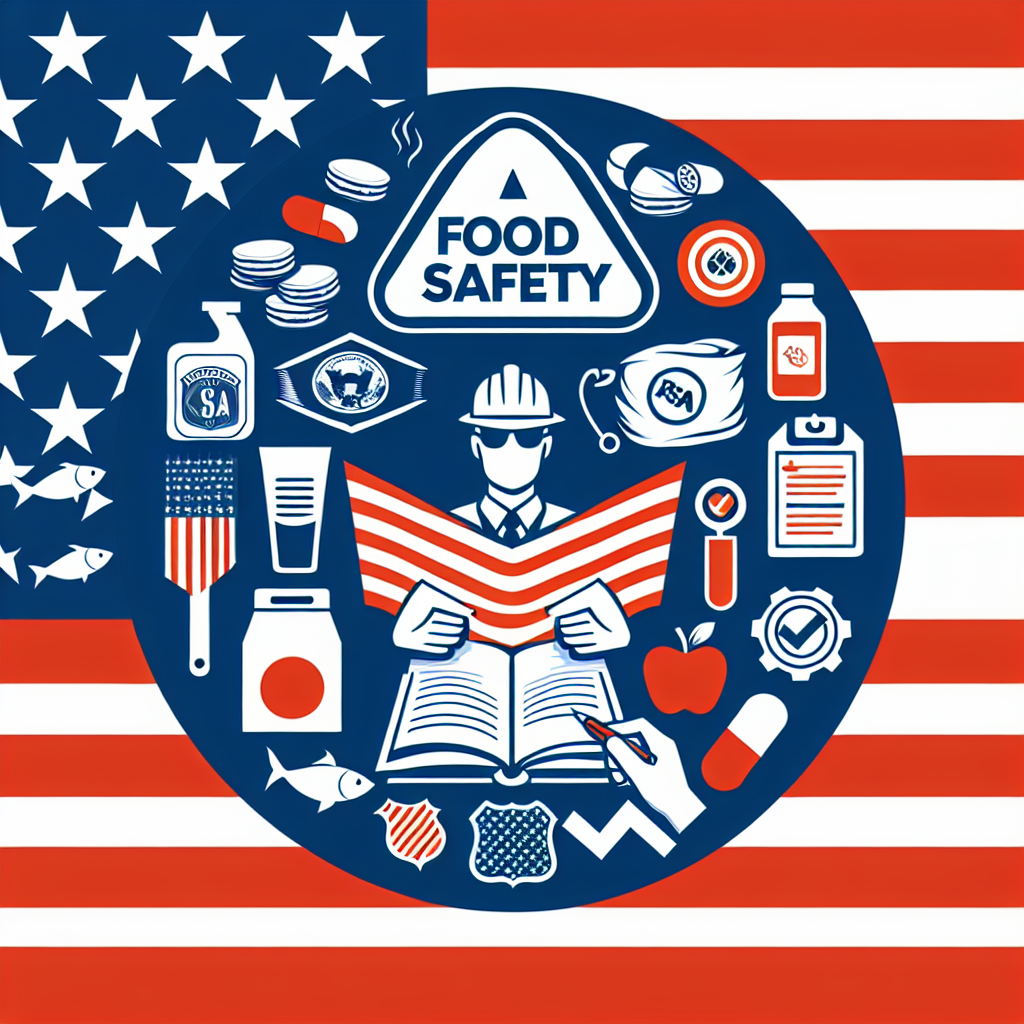Trump Administration Considers Shifting Food Safety Oversight to States

Overview of Proposed Changes to Food Safety Oversight
The Trump administration is contemplating a significant shift in the management of food safety by considering the delegation of routine oversight responsibilities to state and local authorities. This potential change could drastically alter how food safety is monitored and enforced across the United States.
Implications of Transferring Oversight
- State and Local Authority Empowerment: By moving food safety oversight to state and local levels, individual states may gain more control over their food safety programs. This could allow for more tailored responses to local needs and conditions.
- Variability in Enforcement: A key concern is the expected variability in food safety standards. Different states may implement varying levels of oversight, potentially leading to inconsistencies in food safety regulations and enforcement across the nation.
- Resource Allocation: States may face challenges in resource allocation, as not all local authorities possess the financial or human resources to effectively manage food safety. This could lead to gaps in oversight in areas lacking sufficient funding or expertise.
Potential Benefits
- Localized Solutions: States may develop solutions that are better suited to their specific agricultural and food processing environments.
- Faster Regulatory Responses: Local authorities might respond more rapidly to food safety issues, allowing for quicker action during outbreaks or contamination incidents.
Concerns and Criticisms
- Risk of Lower Standards: Critics argue that this shift could lead to a reduction in food safety standards, as some states might prioritize economic interests over public health.
- Public Health Risks: Inconsistent oversight could increase risks to public health, with potential implications for foodborne illness outbreaks.
Conclusion
As discussions continue, the broader implications of moving food safety oversight from federal to state levels remain a significant topic of concern. Stakeholders across the food industry, health sectors, and governmental agencies will need to weigh the potential benefits against the risks to public health and safety. This potential transition calls for careful consideration and robust dialogue to ensure that the public's health remains a priority.
